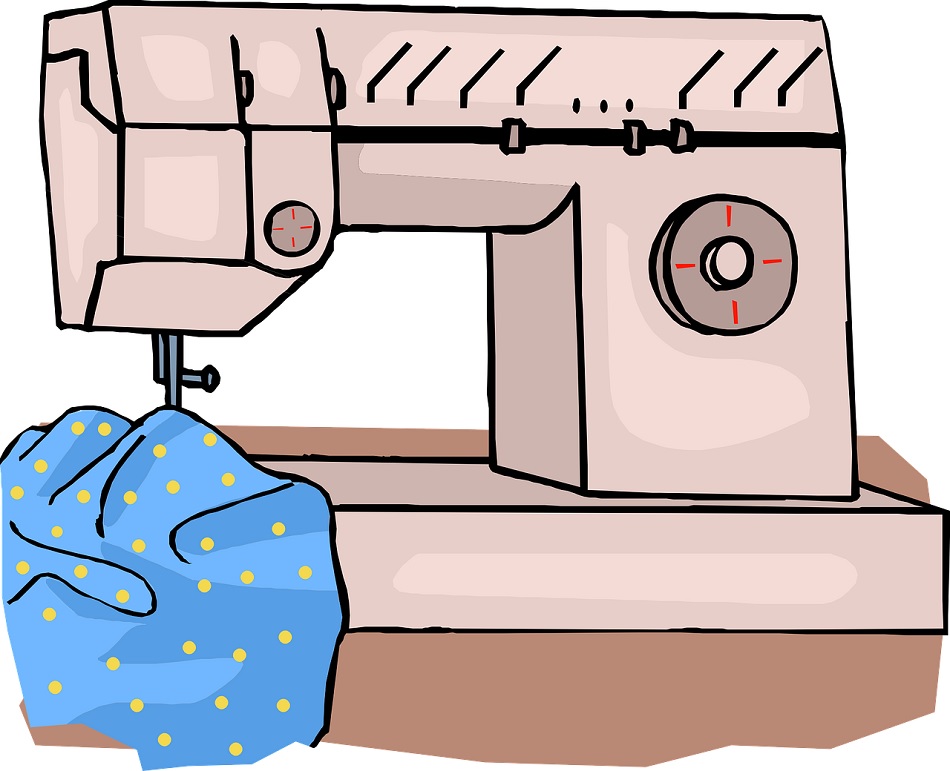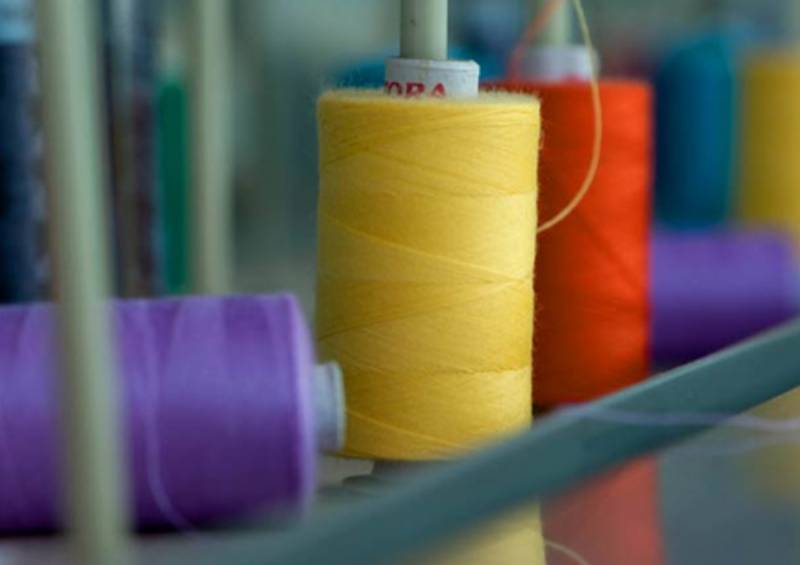
The heightened customer awareness about wearing sustainable and environment-friendly apparels is helping drive up demand for clothing repair and re-wear by premium brands around the globe. With an underlying concept of a stitch in time saves nine, many leading garment companies are creating a scalable and profitable after-sale repair service business to make them last a lifetime, while overcoming tricky logistical and workforce challenges in doing so.
A recent study by the Massachusetts Institute of Technology (MIT) has shown that for a global population of 8 billion, around 19 pieces of clothing per person are manufactured yearly and the emissions generated throughout the lifecycle of clothing are just massive and unaccounted for.
It’s not just about nostalgia and re-wearing favorite clothes, but a newer way of enjoying fashion over a longer period versus fast-fashion where clothes are bought and thrown away post use. From receiving alteration orders from textile trading firms that wholesales products to apparel makers, fixing clothing damaged during the production process to make it sellable as well as after-sales paid service of reworking embroidery, buttons and embellishments with bespoke tailoring, the repairing and recycling apparel segment is a versatile one.
Japan leads the way
Japan has always led the way in the repairing garment segment with many local brands having in-house services to remake and repair their traditional kimonos. They are now going global in expanding their mending services with global brands. Some repair and tailoring companies such as Japan Apparel Quality Center founded the Shibaura Repair Workshop to provide such services for its corporate customers around the world. The services include alteration to accepting orders from individual customers.
“The negative environmental impacts of the fashion industry became widely known, prompting eco-friendly ethical consumption behaviors to rapidly become widespread among them. There is a new view among consumers, too, that it’s cool to upcycle favorite clothes and wear them longer,” says Noriko Saiki, Senior Manager, Japan Research Institute and an expert on the relationship between fashion and the United Nation’s Sustainable Development Goals.
Globally, premium brands such as Patagonia, Nudie Jeans, Zara, Levi’s, and Uniqlo among others are stepping in with repair services that are focused on sustainability and waste reduction. Fast-fashion brand Uniqlo now has repairing services at three Uniqlo shops in Japan, which specialize in repairing and remaking products such as fixing tears, adding embroidery to old clothing, alteration services, and accepting orders to fix puffer jackets and damaged crotch area of jeans, among other repair types.
Brands launch innovative apparel re-use schemes
Not just Japan. similar global efforts are in place in Europe with the French government recently announcing it will subsidize clothing and shoe repairs to reduce waste starting in October 2023. Spain’s Inditex, which operates Zara stores globally, has plans to launch repairs in major markets and has already launched a mending service for its products in Britain in November 2022. H&M has collaborated with a startup to help fix damaged apparel with a scheme called ‘Close the Loop’ which encourages customers to deposit their used clothing in in-store recycling bins and receive a coupon for their next purchase. On same lines, cosmetics giant Sephora has introduced a program called ‘Beauty (Re) Purposed’, which focuses on hard-to-recycle packaging waste in the beauty industry, which has managed to reach its target consumers and bring in profits.
However, most big retailers are facing a labor shortage as they try to keep up with the rising repairing and rewear garment demand as it’s a difficult segment that takes concentrated effort and high skill set and many young staffers are not interested. Also, the popularity of cheap fast fashion has ensured the average middle-class shopper will not have the money or interest to invest in repairing old clothes. The repair-and-wear apparel segment does build brand loyalty and longevity but it’s a niche one that is just at the starting line still waiting to get up and go fast.












